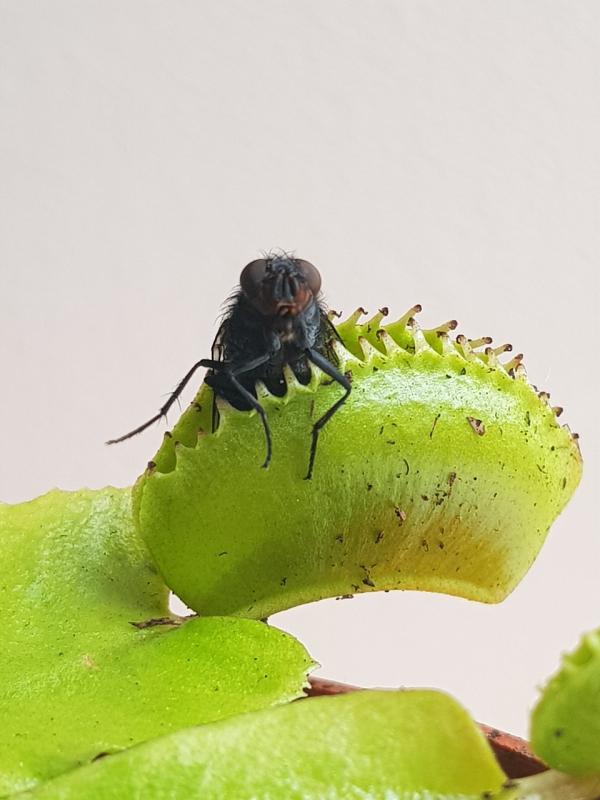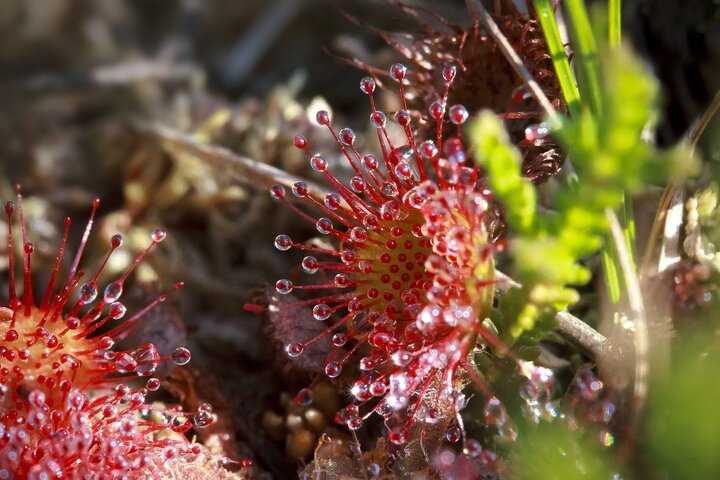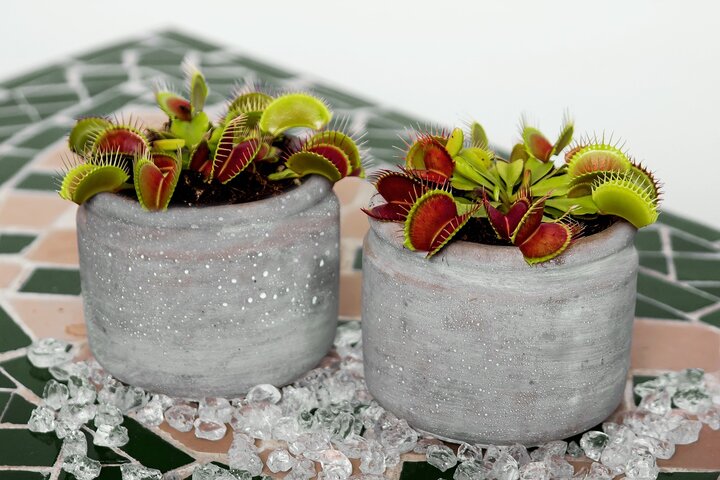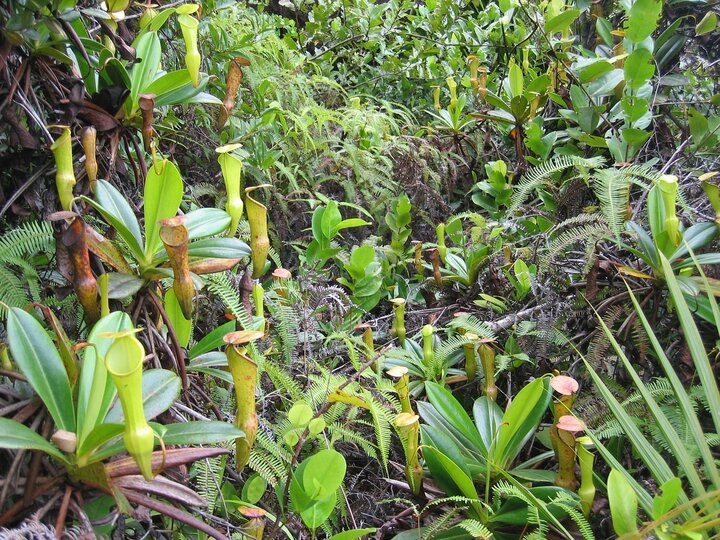Sarah Browning, Nebraska Extension Educator

Green venus fly trap having lunch on a fly. Image by Pixabay.com.
There is a close relationship between insects and plants. Neither could exist without the other. Bees, wasps, and butterflies benefit plants by pollinating their flowers. Other insect species feed on plants by sucking sap from plant tissue or by devouring plant parts. However, in a fascinating twist of nature, there are a small number of plants that "eat" insects. The diet of these plants also includes mites, sowbugs, and occasionally small animals, such as frogs. Accordingly, these flesh-eating plants are true carnivores.


Growing Your Own Insect-eating Plants
Carnivorous plants have more exacting requirements than most commonly grown houseplants. Carnivorous plants require a moist, acidic growing medium, high relative humidity, and bright light.
Excellent containers for carnivorous plants include a fish aquarium or large terrarium. A piece of plexiglass placed over the top will help maintain a high relative humidity. Ventilation can be provided by keeping the plexiglass slightly ajar.
A suitable growing medium for carnivorous plants consists of 2 parts sphagnum peat moss and one part coarse sand. If using a fish aquarium or terrarium, place 1 inch of coarse gravel on the bottom before adding the growing medium.

Day-time temperatures should be 70 to 75 degrees Fahrenheit during the summer and 55 to 60 degrees Fahrenheit in winter.
When watering carnivorous plants, use rain or distilled water. Tap water may be too alkaline or contain too many minerals.
Finally, there is usually no need to fertilize carnivorous plants. These plants are native to areas with low nutrient levels. If you do fertilize, a 1/4 strength solution of fish emulsion every 2 to 4 weeks during the growing season should be sufficient. Do not feed them hamburger.
Carnivorous plants are a fascinating group of plants. Their amazing growth characteristics and ability to eat insects and other small creatures are simply adaptations to their unique environment.
More information
- Pitcher Plants, Missouri Botanical Garden
- Sundew, Missouri Botanical Garden
- Venus fly trap, Missouri Botanical Garden
The author would like to acknowledge the contribution of Don Janssen, former UNL Extension Educator who authored the first edition of this publication.
Images by Pixabay.com.
- Sundews, Drosera intermedia, trap insects on sticky hairs on their leaves then the leaf curls closed to digest it.
- Venus flytrap, Donaea muscipula. Hinged leaf pairs snap shut on unsuspecting insects, trapping them inside.
- Pitcher plants, Sarracenia rubra, trap insects inside their slippery-walled pitchers which also have downward facing hairs making them difficult to climb. Insects fall into liquid at the bottom of the pitcher.